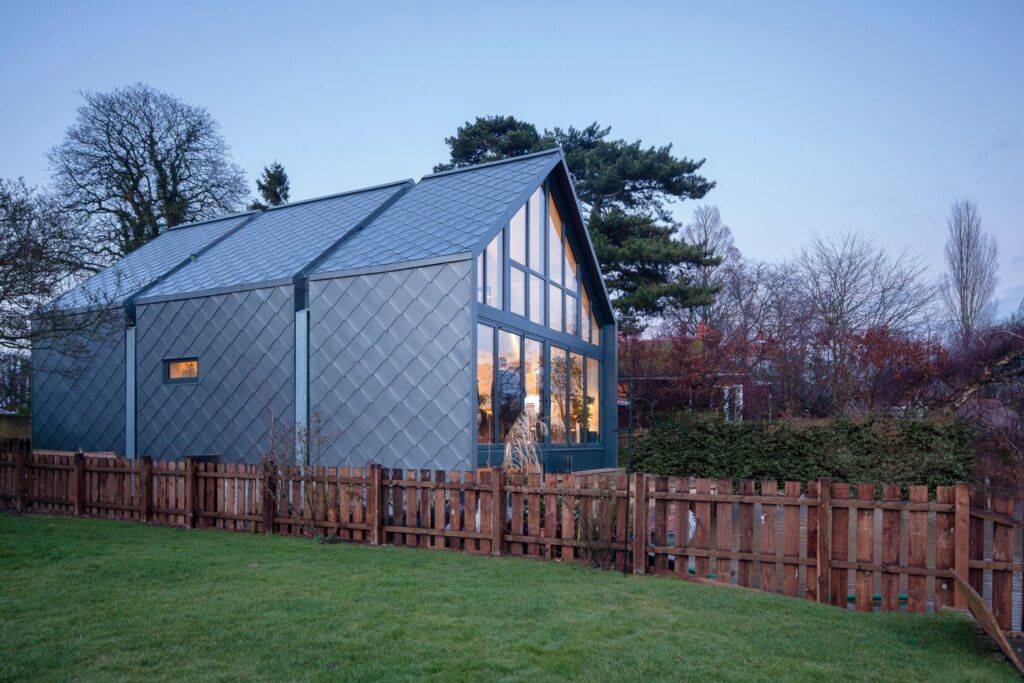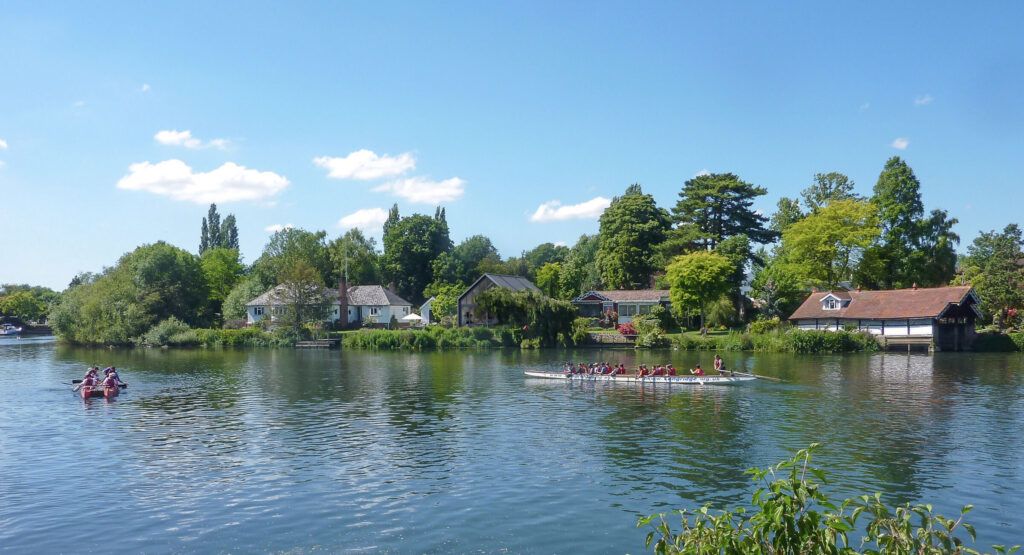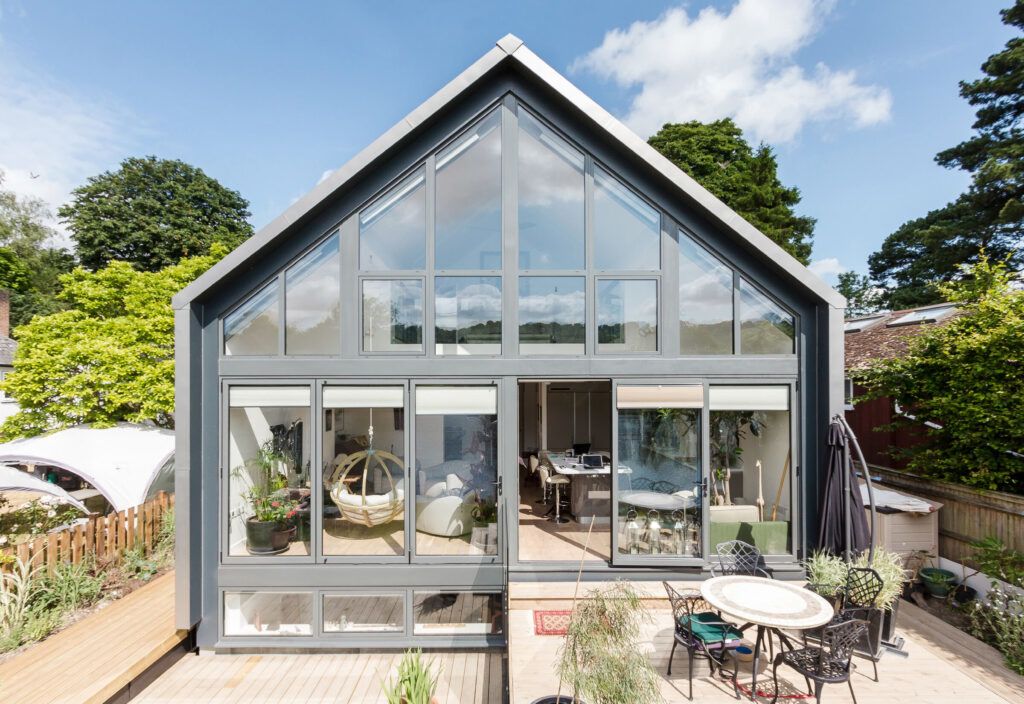Amphibious House Makes Living in a Flood Zone Worry-Free

Along the banks of the River Thames, the views are fantastic but flooding is a constant worry. Baca Architects solved this worry for one lucky couple who have a home in the flood zone. The Formosa is said to be the first amphibious house in the UK.

The fix is a simple one in theory: the house itself is built on a below-ground concrete dock. If the site floods, the dock fills up and the water actually causes the house to rise up. It can rise up to 2.7 meters in a flood, reducing or preventing property damage.

The architects tried to keep the mechanisms as simple as possible because the fewer moving parts you incorporate, the smaller the chance of something breaking down. Still, the dock will be filled with water every five years to test its floating capabilities and ensure that everything is operating smoothly.
An Elevating Design

If this type of home can prevent excessive flood damage, it could be implemented in riverside and coastal areas around the world. We have to imagine, though, that the underground concrete dock might be a little more expensive than the time tested method of just building flood-prone homes on stilts.

Via Archello: “The truly unique 225sqm house is located just 10m from the river’s edge. Designed by Baca Architects, specialists in waterfront architecture and floodresilient aquatecture, the house is located on a small island along a picturesque stretch of the Thames in Buckinghamshire, a site designated as Flood Zone 3b and a Conservation Area.”

“While the house is a modern, highly insulated, low-energy building, including large high-performance windows, the architects have ensured that it is also sympathetic to the locality; a scenic spot with very strict planning guidelines. The property has a pitched roof to complement the irregular roofline of neighbouring homes and an overall footprint that is no larger than the old demolished property.”




